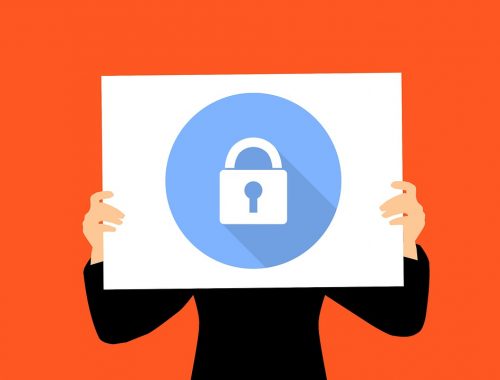How HIPAA Policy Applies to Lab Technicians
HIPAA is the rule of the land when it comes to patient records. HIPAA stands for Health Insurance Portability and Accountability Act. This act provides security policy and standards for health information. If any business stores any patient information it must adhere to these standards. People often forget the standards, are not kept updated to new rules and regulations, or have been following rules and regulations on their own and were not aware that a process applied to the rules. These rules must be regularly up to date and checked for accuracy. Failing to follow these compliance rules can result in thousands of confidential patient records becoming public knowledge and will result in a huge fine totaling in thousands of dollars. HIPAA policy applies to a lab technician the same way it would for any other type of medical employee. Knowing specific aspects of the rules will help you make records secure and protected for the patients.

When patient records are completed and ready to be entered in the company portal or database, the lab technician must be aware that the copy or distribution of any confidential medical information must be approved by the patient. This is why when test results come back positive, the patient is notified before the employer. The patient needs to request to have the information sent to an employer, physician, or third party. This is included in the CLIA (Clinical Laboratory Improvement Amendments) rule of the HIPAA compliance rules. Compliance includes both physical and computer data. If there is a copy of patient records made, it must be shredded by a HIPAA compliant shredder also known as a crosscut shredder. These shredders are designed to specifically shred information so that it cannot be pieced together at a later date. This HIPAA policy applies to the lab technician when they need to enter patient information regarding an incident.
Using Office Computers
Lab technicians use computers to access the company portal or database. This database displays and logs all patient information. Modern patient records can be accessed online by the patient with help from their laboratory or physician. Technicians need to be diligent when accessing and entering patient information. Patient information on screens must now be blocked from view at certain angles when in an open space. This is to prevent others seeing the confidential information. These measures are taken to prevent confidential information being used by an unwanted party for financial gain. Information that is often used for financial gain are social security numbers or lab test results. Office computer screens are also to be turned off manually or will show the screen saver when the user walks away.
Phone Calls
Certain parties do not have access to patient information. This can include family members or employers. You need to confirm specific information with the caller if they are indeed the patient. This can include but is not limited to birth date, address, and the last 4 digits of their social security number.
Keeping Up to Date
Where do you find the latest version of the HIPAA rules? You can find them on the United States Governments Health & Human Services’ website. This site shows the latest amendments to the HIPAA rules as well as information on enforcement.
